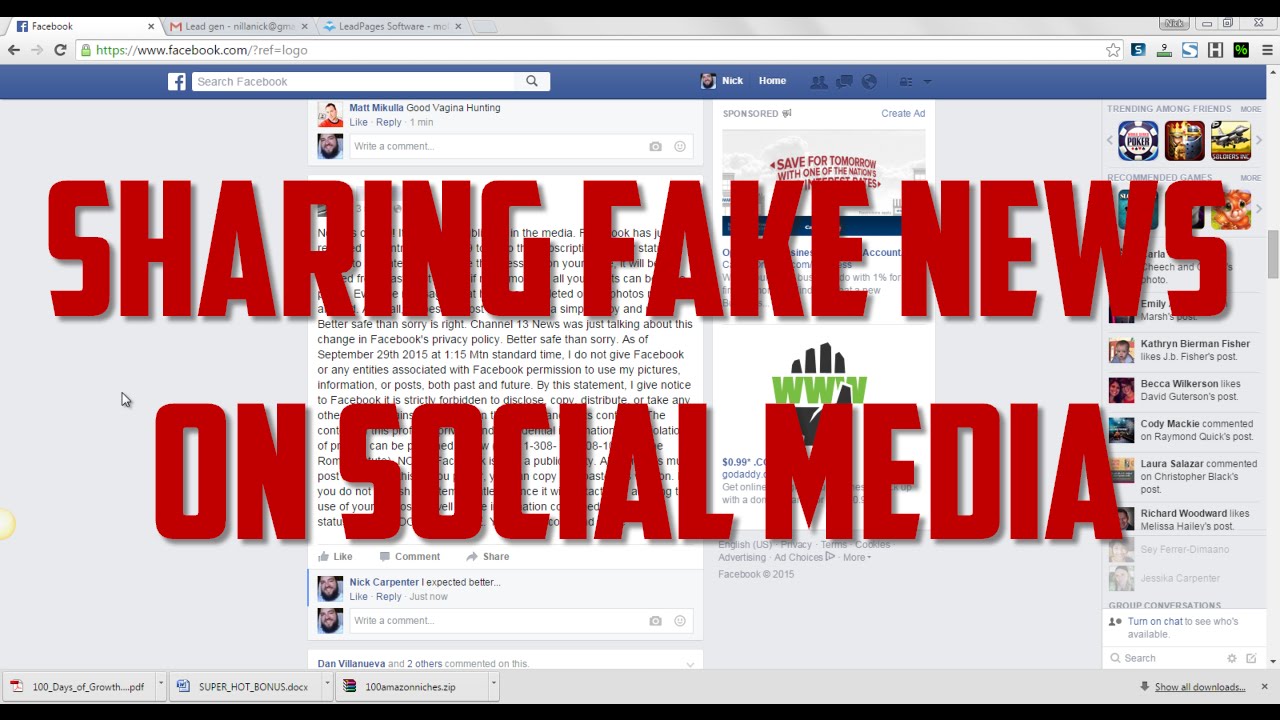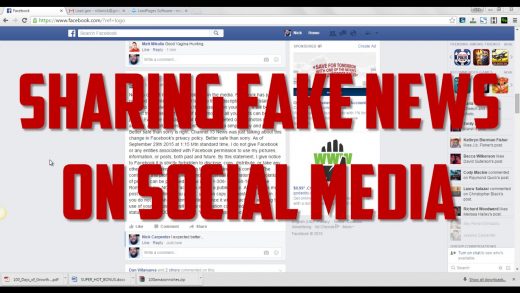I Read The News Today, Oh Boy: Influencer Marketing In The Age Of Fake News
by Devon Wijesinghe, Op-Ed Contributor, December 30, 2016

Back in October, a story made the rounds in which Pope Francis shocked the world by endorsing Donald Trump for president. Though patently false, it’s easy to see why people fell for it: It showed up in the Facebook News Feed alongside traditional news outlets, received a ton of Likes and certainly looked like a real story.
Those elements show why fake news is such an intractable problem. Such bogus items have been capturing the world’s attention lately because they are creating real-life consequences. In addition to possibly swaying the election, there was a recent incident in Washington, D.C., in which a man walked into a pizza joint with a rifle to investigate a supposed child sex ring run by Hillary Clinton. The man had read about “pizzagate,” an alleged conspiracy fueled by seemingly suspicious references to the pizza restaurant in many Wikileaks emails.
In this Alice in Wonderland environment, brands have an unprecedented opportunity to use their own trustworthiness to align with legitimate news organizations and starve fake news sites of ad income. They can also use true influencer marketing — with actual influencers rather than celebs — to provide some verity in a sea of misinformation.
How we got here
There was a time when it seemed that the Internet would provide authority to all claims. After all, once you link to the source, the matter should be settled, right? The reality, however, is that source material can be nuanced and biased … and in other cases fabricated entirely. This has led to an atmosphere where it can be hard to know whom to believe. A North Carolina man who had previously clicked on stories claiming that Hillary Clinton was indicted and that Mexico built a wall along its nouthern border told The New York Times that he missed the days when Walter Cronkite was a trusted source of news.
As we’ve seen, this lack of a source of objective truth has had a corrosive effect on public discourse. It also can potentially hurt influencer marketing. Social networks are meant to be a place where you let down your hair as well as your guard. Influencers are technically required to disclose that they are being paid for this activity, but with little regulation and the fact that their credibility would be shot if anyone knew they were being paid, this happens rarely. So when these influencers are paid to talk about a brand they have no real experience with … is that not fake news? It teeters on a very thin line.
The way forward
This dilemma has been complicated by the fact that many brands have inadvertently placed their ads on fake news sites via programmatic buys. Those ads confer authority on the brands but over time will hurt the brands as well.
That’s why marketers need to recognize that in this age of relativism, brand names carry a weight of authority that media brands are losing. The old model of advertising was to use a media company’s reach to get in front of a large group of viewers or readers. Now, while reach is still important, authority also plays a big role.
Influencers can not only provide an audience but provide a context for purchasing. The net effect is that both the brand and the influencer create their own authority that’s separate from media. In the atmosphere of social media, a brand and an influencer can carry equal weight to The New York Times, which faces its own questions of bias and, because it traffics in native advertising, legitimacy as well.
In this strange new media environment, media companies and brands need to recreate trust, almost from scratch. That’s a real opportunity. As Facebook moves forward with a plan to block fake news, media companies will have the same opportunity. This might not be an optimum scenario, but as Cronkite himself used to say, “That’s the way it is.”
MediaPost.com: Search Marketing Daily
(24)


